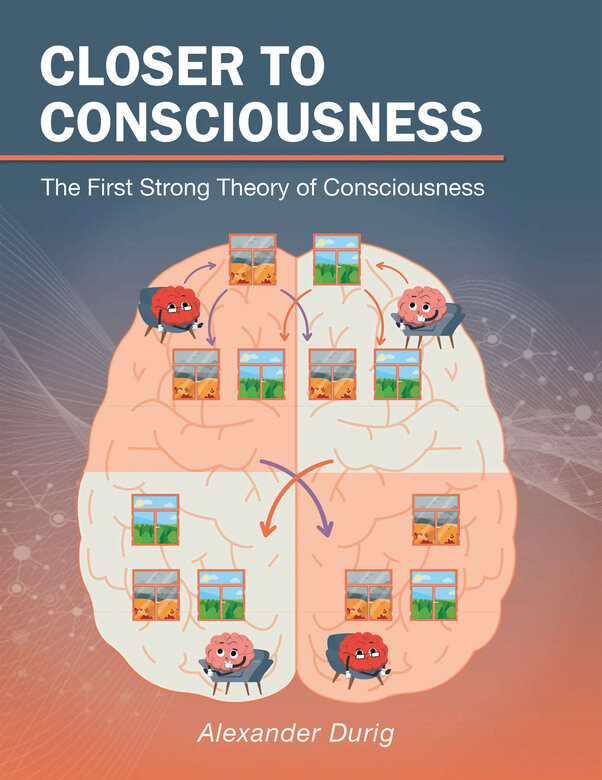
Taking a deep plunge into the furthest recesses of the mind, author Alexander Durig presents a bold and expansive theory of the brain in Closer to Consciousness: The First Strong Theory of Consciousness. Like the unified Theory of Everything that astronomers and physicists so eagerly seek, a unified theory of consciousness is the holy grail for social sciences, and this well-structured tome takes a big swing in that direction.
This eye-opening read begins with an introduction to consciousness and autism, as well as modern-day neuroscience and psychiatric paradigms related to perception and the self. The sociology of autism and neurodivergency is a relatively new paradigm to explore in academic behavioral science and psychological realms, but the author’s career of experience provides an incredible primer for those who are new to the concept.
In the past decade or so, a great deal has changed in terms of societal perception of neurodivergence, seeing it as a spectrum on which everyone exists, rather than a diagnosis or an element of othering. More broadly, this book applies the interrelationship of our own brain hemispheres, and our collective experiences and interactions with one another, as a lens to understand consciousness.
The middle of the book explicates the author’s ultimate theory in greater detail, using real-world examples to demonstrate how Social Inference Theory (SIT) and our three-dimensional sensory awareness work together to create meaning. This theory is simple on the surface, but the interplay of induction, deduction, and abduction is fascinating, and will make readers consider their behavior during social interactions in a new way.
The book closes with more meditative sections on recognizing individual purpose, and what the search for spiritual significance can look like in an enlightened or awakened mind. Postmodern thinkers will appreciate the book’s explorations and concepts of “worship,” as well as the history of spirituality and sacredness that plays such a critical role in identifying the key to consciousness. Like great philosophers of the past, Durig is very intrigued by shared symbols and provides insightful yet concise historical context for many of his claims and theories.
The exploration of consciousness is such a broad and loaded subject – connecting such disparate topics as logic and meaning and feeling and history and societal influence and individualized experience – so to tackle this thesis with such confidence and structured argumentation is an achievement in itself, but Durig also does it with the patient grace of a teacher and the humility of a truly sage thinker. The lack of scientific clarity regarding human consciousness is something that the author strives to remedy, and as a pragmatic philosopher who has been working on his theories for over thirty years, he certainly seems to have made progress.
Though the book is reference-heavy and can read like a dense academic text, at times, Durig also has a conversational tone that creates a balanced sense of curiosity and authority, making this potentially stuffy or cerebral subject accessible to lay readers. The readership for this type of book may initially seem limited, but Durig’s insights are timely and universally relatable, resulting in a truly innovative and mind-expanding thesis that makes good on its promise of integrating different schools of thought.
Book Links
STAR RATING
Design
Content
Editing
Get an Editorial Review | Get Amazon Sales & Reviews | Get Edited | Publish Your Book | Enter the SPR Book Awards | Other Marketing Services























Leave A Comment